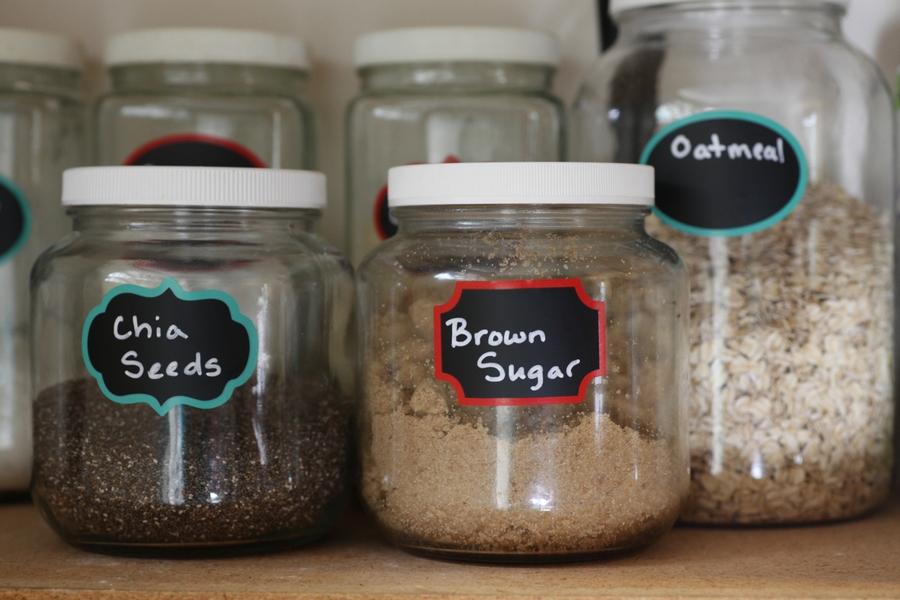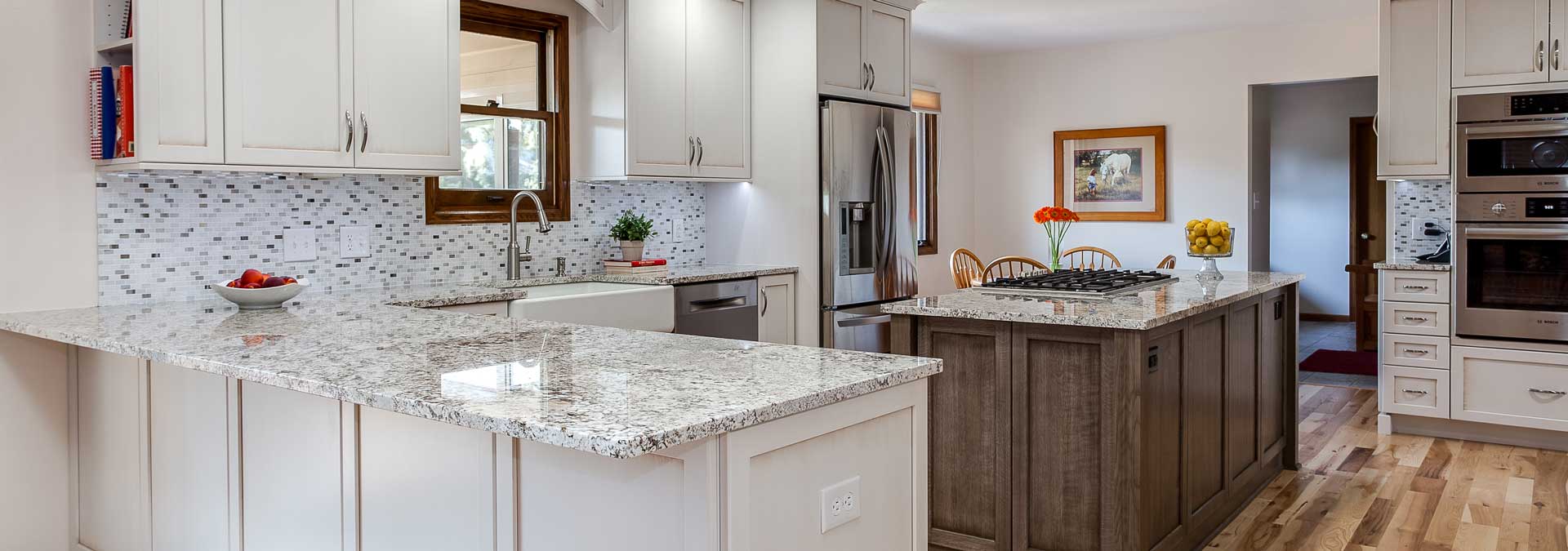One secret to designing an organized kitchen in Denver is to account for your storage needs and desires in the initial planning phases. A storage plan will address how often you cook, entertain and hold gatherings. A great kitchen must not only look out of this world, but it also must incorporate the best functionality that meets your needs and lifestyle.
Kitchen Storage
Everything in your new kitchen should have a designated place. Following examples of professional chefs will help you to develop a plan that meets your needs. Pros understand that every mixing bowl, spice container, pot and cooking utensil has to have a designated place that is easily accessible.
“When you have a place for everything, you don’t have to think twice,” relates Ellen Bennet, founder and CEO of the lifestyle brand Hedley & Bennet, in a recent article in the New York Times.
Bennett adapts lessons from Samin Nosrat’s book Salt, Fat, Acid, Heat (which is also a Netflix series) to organize her cookware into the following four categories: prep, cook, serve and store. A prep drawer or cabinet would include mixing bowls, mortar and pestle, measuring glass and a scale. Items that would find their way into a cook drawer or cabinet include pots, pans and lids. Serving space plays home to plates, bowls, glasses while storage cabinets and drawers contain resealable containers. Each drawer or cabinet serves a defined purpose, and there should never be an instance where a pot lid would be found in a storage cabinet.
Organized Kitchen Pantry
Bennet is a fan of using identical containers for storage that are well marked, so you don’t have to guess what’s inside. She noted that most professional kitchens label everything with painter’s tape. An alternative is to use chalkboard paint with a chalkboard pen because of its look and readability. Flour, salt, sugar, corn starch and other dry goods are stored in labeled clear plastic or glass containers. Not only does this storage technique allow you to find what you are looking for easily, but it also tells you how much of each dry good you have left, which is not easily determined when you store those items in their original packaging.

Grouping foods in the fridge by flavor profile and function makes them easy to find. One section can be designated for ethnic ingredients, and others can store fruits, vegetables, dairy items, proteins, etc. Bennett stores garlic, shallots and onions in a wooden “flavor” bowl on her countertop. Never let potatoes share space with onions as that causes them to sprout and reduces shelf life.
Less is More
Professional chefs don’t often have the luxury of excess space. That’s why they understand the benefit of less is more when they get organized. If you have utensils or small appliances such as a waffle iron, sandwich press or slow cooker that you rarely use, they most likely are taking up valuable space without delivering a return on investment. Donate them to a worthy cause, or store them in another part of your home. Most home chefs can get by with only three knives – chef’s, paring and bread – and a good pair of kitchen shears. Bennett is not a big fan of garlic presses, olive pitters, avocado slicers or other gadgets that accomplish the same result as can be achieved using a knife.
Awkward items such as bags of chips, pretzels and other snacks; oils and vinegar; vitamins and medicine can be easily organized on separate trays and baskets in the fridge and pantry.
A clean counter is an organized counter and among the most valuable real estate in a kitchen. To keep counters clean, Bennet recommends placing utensils used most often such as tongs, wooden spoons and spatulas in round containers. She keeps butter, salt, pepper and olive oil next to her cooktop.




















